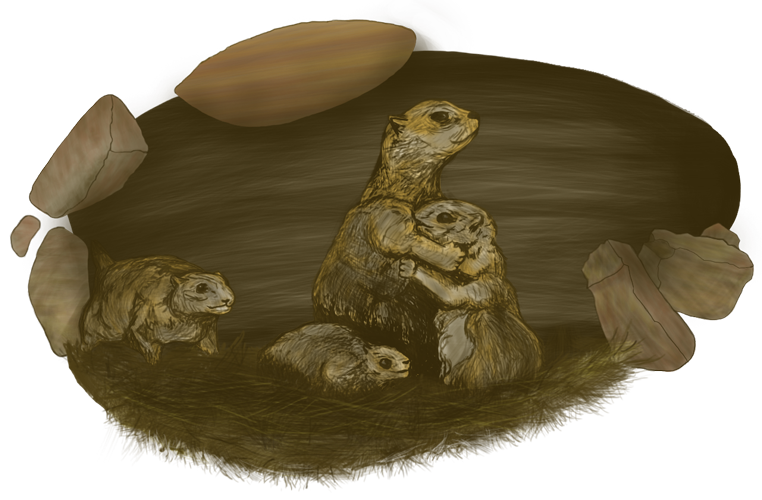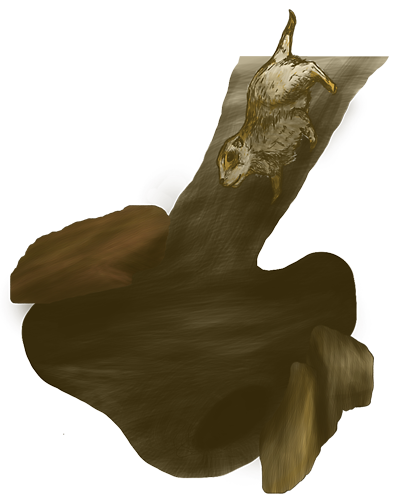Latest News and Events
Setting right the myths about prairie dogs
By Lynne Nemeth
Originally published August 25, 2017 by AZ Daily Sun | Link to original

My husband and I live in Doney Park, as many of you know, on two and one-half acres with lots of prairie dogs. I'm quite fond of them, and they know who I am — no alarm calls for me! We frequently find them in the barn or the chicken pen feeding on hay, cracked corn or the chickens' pellets. I recently had to rescue a young one who had become trapped among the hay bales. (Yes, I used gloves.)
Right up front, I am stating that I am not worried about getting the plague, my horses are not going to break their legs in prairie dogs holes and prairie dogs have not destroyed any of my plantings (since they graze primarily on grasses).
I’ve been getting emails from concerned friends, what with "plague in Arizona," being reported in Forbes, USA Today and the Washington Post, as well as by media in Arizona. Yes, fleas have tested positive for plague in Coconino and Navajo counties, but there have been no reported human cases. The likelihood of humans contracting plague from any source is very low, and it is very treatable.
Among the many myths that make life hard for prairie dogs, labeling them "plague carriers" is probably the worst. Prairie dogs, unfortunately, can be hosts to fleas that carry plague. So can other rodents, as well as rabbits. If a prairie dog colony becomes infected, mortality is almost 100%. They will keep to their burrows and die quickly if ill. In fact, it is when prairie dogs suddenly disappear from an area that plague may be present. The main vector between plague-carrying fleas and humans is not prairie dogs, but domestic cats (cdc.gov) — one more reason not to allow cats to roam outside.
While I'm writing about prairie dogs, there are other myths to address. Although Gunnison prairie dogs may seem to be very common around Flagstaff, in reality, most of the prairie dog population in the US has been exterminated — either by habitat removal (agriculture and development) or poisoning. Prairie dogs, which are actually ground squirrels, are holding onto less than 2% of their original habitat and have been petitioned for endangered species status several times. They have only one litter per year and when confronted with barriers to colony expansion or poor forage, they practice population control.
One of the myths I hear most frequently is that prairie dogs compete with livestock for forage. In fact, the presence of prairie dogs is often an indicator of prior overgrazing. They prefer more open areas and low grass. (If you don't want prairie dogs on your property, one way to discourage them is to let your grasses grow!)












